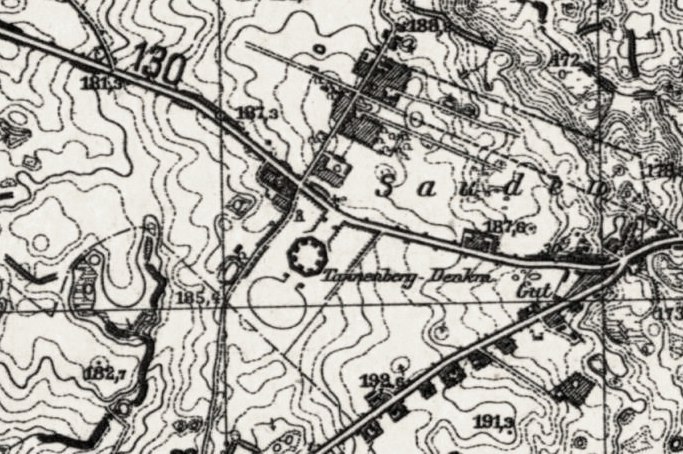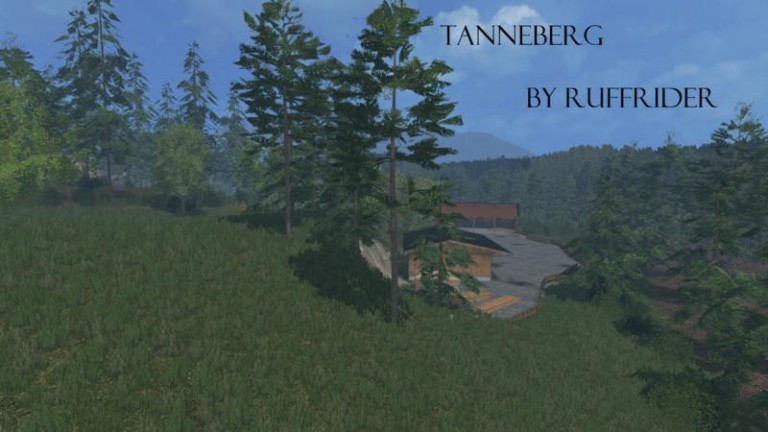


After that, from a more explicitly ironic direction, comes the turret-shooter tower defense game Toy Soldiers, which combined vividly beautiful depictions of the trenches with the conceit of the armies and all their horrible weapons as toys in a child’s playset. It’s no accident that Valiant Hearts has probably been the most successful World War 1 game of the past two decades, as it operates comfortably in the same impressionistic mode that a lot of literature and film about the war does. While trench warfare easily lends itself to the kind of grim metaphor and spectacle that made it irresistible to artists, particularly of an antiwar or dissenting bent, it has proved an elusive and perhaps unappealing subject in video games. When 2018’s Solo tried to capture the senseless horror of Imperial military service that young Han Solo wanted to escape, it went straight to a disorienting and doomed “over the top” attack that owed more to Paths of Glorythan to the battle of Hoth. Its imagery is summoned by Games Workshop almost every time its wants to depict the way that 40K’s Imperium wages war. The imagery and metaphors or World War 1 have been adapted to countless other settings, a shorthand for war at its most industrialized extreme and brutally irrational. If that position seems overheated from the vantage of almost 50 years later, I suspect it still has more truth to it than we might expect. Fussell wrote: “.there seems to be one dominating form of modern understanding that it is essentially ironic, and that it originates largely in the application of mind and memory to the events of the Great War.” Writing back in 1975 he argued that the trenches had not just defined the the war’s legacy, but had also reshaped how subsequent generations of English-speakers engaged with the world. Via poetry especially, the war looms large in any survey of English literature, which forms the subject of literary historian Paul Fussell’s The Great War and Modern Memory. American schoolchildren used to be taught “ In Flanders Fields” in elementary school by middle school there would be a unit on All Quiet on the Western Front. Even if you know next to nothing about the war, you probably get the same set of images that I do when I hear phrases like “no man’s land” or “The Somme.” Muddy trenches, barren moonscapes of shell-scarred earth, men being cut down in rows by machine gun fire, or choking on poison gas. The trenches of the Western Front in the First World War are among the most indelible and enduring scenes in the historical imagination.


 0 kommentar(er)
0 kommentar(er)
